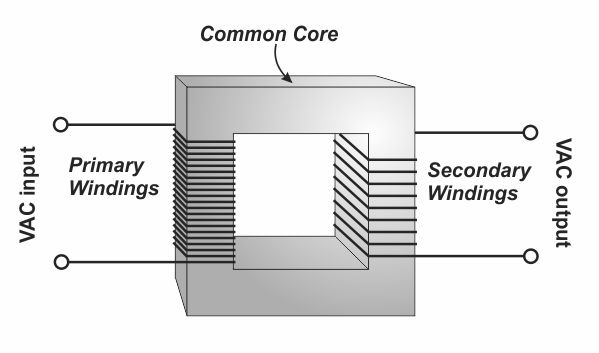Introduction:
Transformers play a vital role in the efficient transmission and distribution of electrical energy. These complex devices consist of several crucial components, and one of the most significant ones is the winding material. The winding material is responsible for carrying current and transferring electrical energy between different parts of the transformer. In this blog, we will explore the various types of winding materials commonly used in transformers, their characteristics, and their applications.
 Copper Winding:
Copper Winding:Copper is the most widely used material for transformer windings due to its excellent electrical conductivity and high thermal conductivity. It offers low resistance and minimizes energy loss during the power transmission process. Copper windings also have a higher mechanical strength, making them more resistant to mechanical stress. Although copper is expensive compared to other materials, its efficiency and durability make it a preferred choice for transformers. Maybe you can see the
copper coil.
Aluminum Winding:Aluminum is an alternative winding material that offers advantages in terms of cost and weight. It is lighter and less expensive than copper, which makes it suitable for large power transformers where weight and cost are significant factors. However, aluminum has a higher electrical resistance than copper, leading to slightly higher power losses. To compensate for this, aluminum windings are typically larger in size to maintain similar electrical performance.
Aluminum Winding with Copper Cladding:To combine the benefits of both copper and aluminum, transformers can be constructed with aluminum windings that have a thin layer of copper cladding. This design allows for reduced weight and cost compared to pure copper windings while improving electrical conductivity. The copper cladding enhances the current-carrying capacity and reduces resistive losses. This solution is commonly used in distribution transformers.
Foil Winding:Foil winding involves using thin strips of conductive material, such as copper or aluminum, wound in a layered arrangement. This technique offers several advantages, including reduced leakage inductance, improved thermal performance, and better control over the winding shape and distribution. Foil windings are commonly found in high-frequency transformers, such as those used in power electronics and certain types of specialty transformers.
Superconducting Winding:Superconducting materials, which exhibit zero electrical resistance when cooled to extremely low temperatures, have the potential to revolutionize transformer design. Superconducting windings can significantly enhance the efficiency and power density of transformers, reducing energy losses and overall size. However, the need for cryogenic cooling systems and the high costs associated with superconducting materials currently limit their practical use to specialized applications, such as high-power research facilities and advanced electrical grids.
Conclusion:
The choice of winding material plays a crucial role in determining the performance, efficiency, and cost of transformers. Copper remains the most commonly used material due to its excellent electrical and thermal properties, although aluminum offers advantages in terms of weight and cost for certain applications. Hybrid solutions, such as aluminum windings with copper cladding, provide a balance between performance and cost-effectiveness. Advanced technologies like foil winding and superconducting materials hold promise for further improvements in transformer design, paving the way for more efficient and compact electrical systems in the future.
